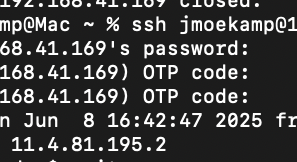After my blog entry about showing latencies at disk level, I want to highlight another tool that is now able to display latencies: fsstat. It does it’s job somewhat up the layers (or layer, given a blatant layering violation is in place) The `fsstat command got a -l option. With this tool you can check latencies from the perspective of the filesystem. It does so for read, write and readdir operations.
In this example i’m using the root filesystem with some artificial load to gather some data. It’s really simple to use.
root@testbed:/# fsstat -l / 1
read read read write write write rddir rddir rddir
ops bytes time ops bytes time ops bytes time
245K 927M 12n 42.6K 2G 5n 18.1K 8.88M 114n /
24 4.59K 15n 3 15.5M 99n 0 0 0n /
326 97.6K 52n 35 166M 0n 0 0 0n /
156 49.3K 167n 18 73.4M 16n 0 0 0n /
246 72.8K 166n 26 102M 3n 0 0 0n /
320 88.7K 318n 38 51.7M 25n 2 768 1.41u /
283 89.1K 124n 30 118M 3n 0 0 0n /
1.04K 760K 80n 156 45.4M 25n 21 4.02K 3.01u /
2.76K 1.88M 117n 390 89M 2n 43 16.5K 915n /
1.04K 558K 159n 147 33.1M 2n 20 3.02K 2.21u /
3.03K 2.85M 73n 412 36.4M 25n 43 16.7K 1.1u /I don’t use fsstat as frequent as iostat, nevertheless this is a really useful addition.


